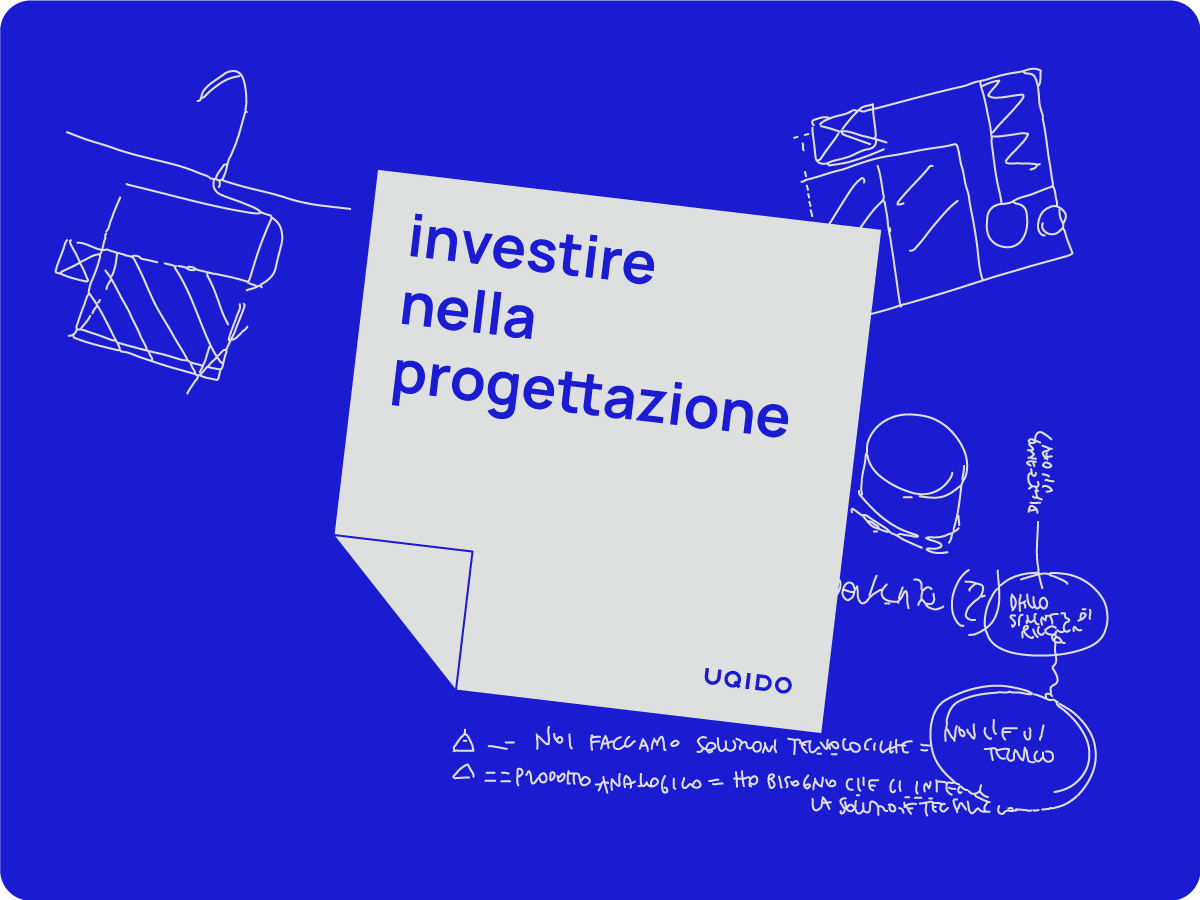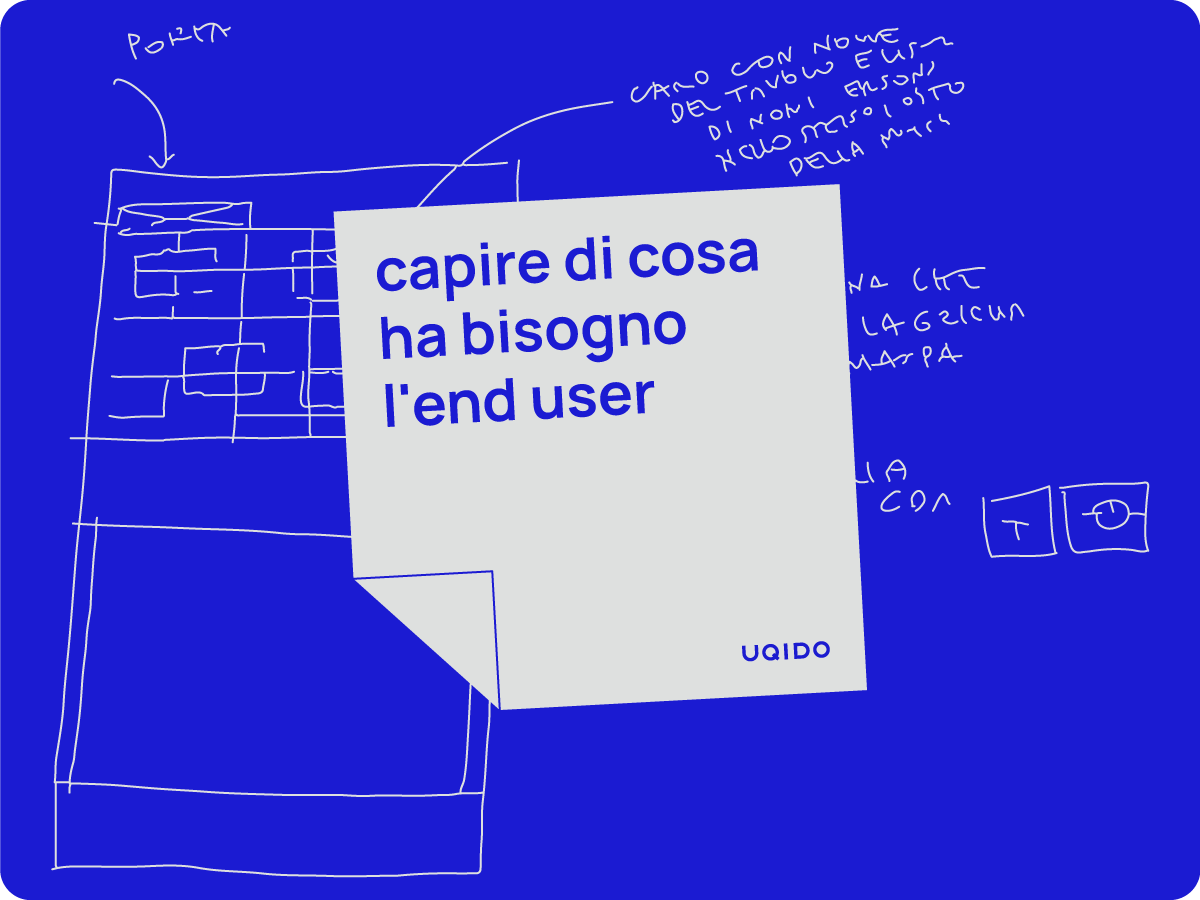Developing a software is a matter of empathy and research.
Human-centred Design ensures products that satisfy users and enhance the client’s image in the eyes of their target.
How to ensure that a digital product works?
Digital projects stand on two essential pillars: Technology and User Experience. These two go hand in hand, to the point that one does not work without the other.
A powerful software that is impossible to use is a wasted investment. Conversely, an intuitive and easy-to-handle product, which is slow and malfunctioning, will also end up not being utilized.
So, how can one ensure a high-quality digital product? Firstly, it is necessary to invest in design, which should always precede the development phase in the initial stages. To make the most out of this preliminary phase, it is essential to adopt a user-centric approach.
In other words Human-Centered Design is indispensable.

How does Human-Centered Design work in digital projects?
Human-Centered Design is a design approach that focuses on the people who will use the digital product. It is a person-centered approach that takes into account various aspects, including:
- The conditions in which they work,
- Their needs and difficulties,
- Their skills and capabilities.
A product works and is chosen when it truly solves the user’s problems. That’s why it is crucial to start with the target audience, understand them, and grasp what they need.
Human-centered Design teaches us to focus on these needs, creating a real impact on the end user. This allows us to empathize, understand their culture, and the context in which they operate, so that we can start thinking as if their problem is our problem.
What are the advantages of this approach?
Digital products born from Human-Centered Design convey to users the feeling of being truly understood and tangibly helped. Thanks to this approach:
- We propose relevant solutions, aware of the problem and genuinely useful;
- We ensure that the proposals are grounded in reality and that the product is accessible to those who will use it;
- We build user loyalty, as they feel understood, satisfied, and supported in their day-to-day activities.
Furthermore, we must never forget that poor or nonexistent design affects the user as the client. Therefore, Human-Centered Design serves the target audience as well as the client’s interests.

